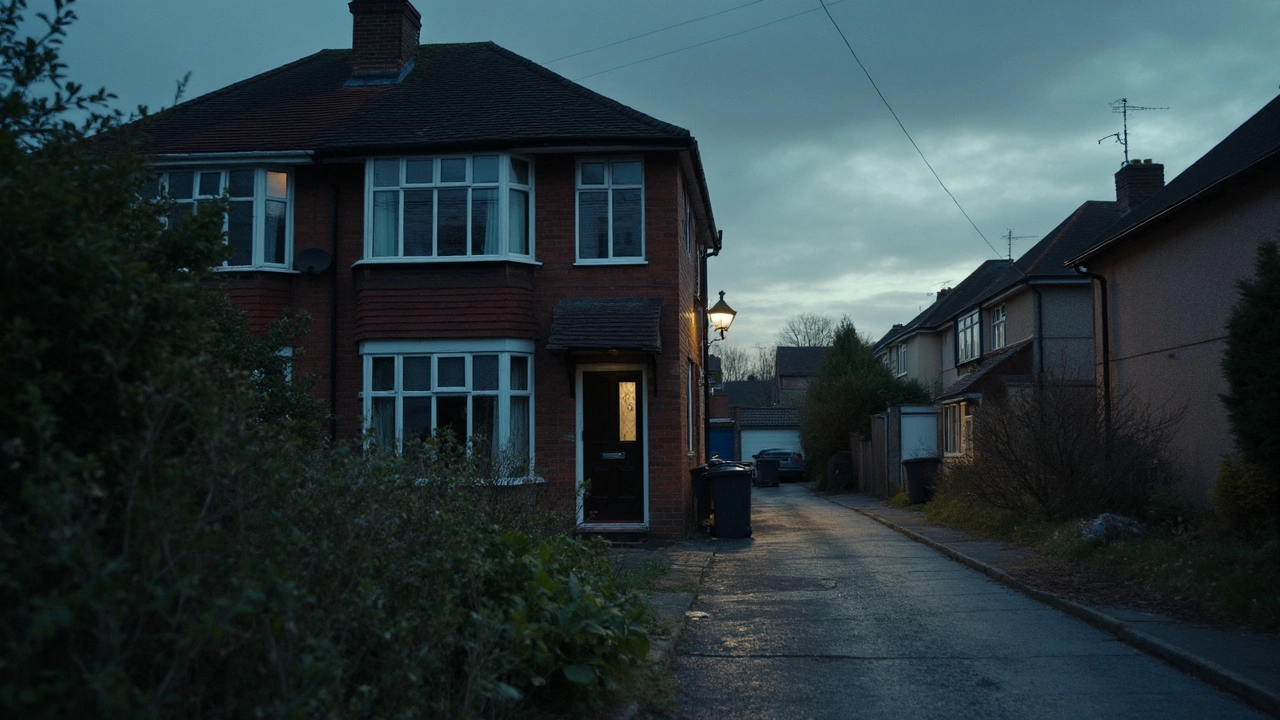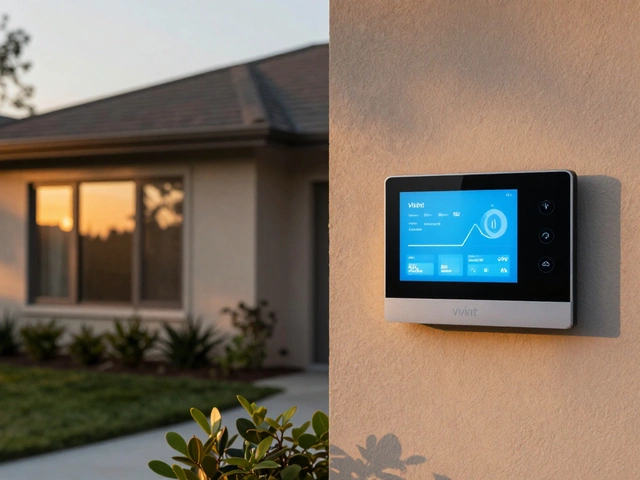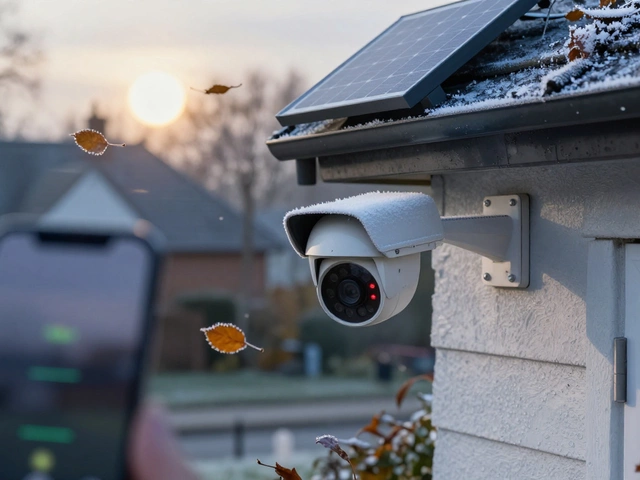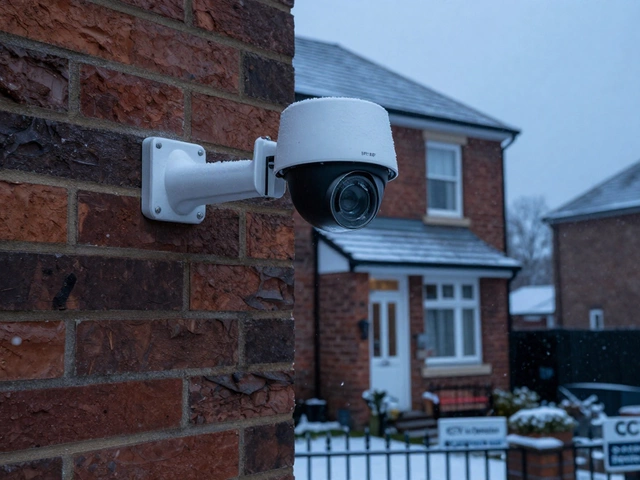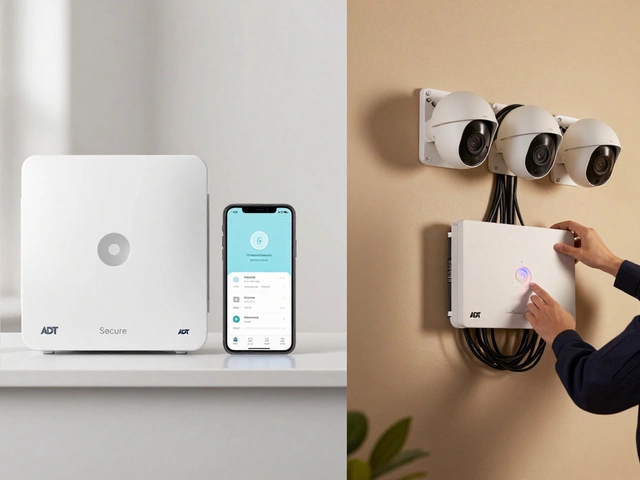House Safety Tips – Simple Ways to Protect Your Home in 2025
Feel like your home could use a security boost but don’t know where to start? You’re not alone. Most people think safety means pricey alarm systems, yet a handful of easy habits and cheap tech can make a huge difference. Below are the top moves you can take right now to keep burglars, accidents, and unwanted surprises out of your door.
1. Upgrade Your Door Entry with Smart Doorbells
Smart doorbells are more than a fancy chime. They let you see who’s at the door from your phone, record video, and even send alerts when motion is detected. If you’re in the UK, choose a model that matches your existing transformer voltage – most 2025 units work on 16‑24V AC. Battery‑powered options are great for renters because they need no wiring, but wired models give you longer run‑time and never run out of juice. Check out our guide on wired vs battery doorbells for a quick decision tree.
2. Add Cameras Where They Matter Most
Outdoor cameras should cover entry points, driveway, and any blind spots behind bushes. Look for PIR (passive infrared) sensors for night vision and dual‑tech models that combine microwave detection for extra reliability. Inside, a single indoor camera in the main living area catches motion and can be linked to your phone for real‑time alerts. If Wi‑Fi reliability is a concern, pick a wired or Power‑over‑Ethernet (PoE) camera – they’re less likely to drop the feed.
Remember, cameras are only as good as the storage you choose. Cloud plans add convenience but cost extra each month. Local microSD storage works fine for most homes and eliminates subscription fees.
3. Don’t Forget Basic Lighting
Bright exterior lights deter burglars more than most people realize. Motion‑activated LED floodlights switch on instantly when someone approaches, lighting up the area and sending a visual warning. Inside, keep hallway lights on a timer at night; the illusion of an occupied house can be enough to make a thief think twice.
4. Alarm Systems Without a Phone Line
Classic alarms used a landline to call the monitoring centre. Modern systems rely on cellular or broadband connections, so you can go completely wireless. Look for a system that offers both cellular backup and an optional internet‑free mode – this way you stay protected even if the internet goes down. Many providers, like ADT, still charge a monthly fee for monitoring, but the cost is often lower than a full‑service contract.
5. Keep Kids and Babies Safe Too
Smart baby monitors now stream video to your phone, letting you check on a toddler from anywhere in the house. Choose a monitor with encrypted Wi‑Fi transmission to stop strangers from hijacking the feed. For larger homes, check the monitor’s range specs – a good 2025 model works up to 300 ft through walls.
These same monitors can double as motion sensors for the nursery, alerting you if your little one gets out of the crib. It’s a simple, low‑cost addition to your overall safety plan.
6. Simple Habits for Everyday Protection
Finally, a few habits will make any tech setup more effective. Always lock doors and windows when you leave, even if you’re just stepping out for a few minutes. Keep spare keys with a trusted neighbour rather than hiding them under the mat. And run a quick walk‑through each night: close the garage, check the back door, and make sure all lights are set the way you want.
Putting these steps together creates layers of protection – the core idea behind any solid security strategy. You don’t need a massive budget; you just need to start with one or two changes and build from there. Your house will feel safer, and you’ll sleep easier knowing you’ve covered the basics.

